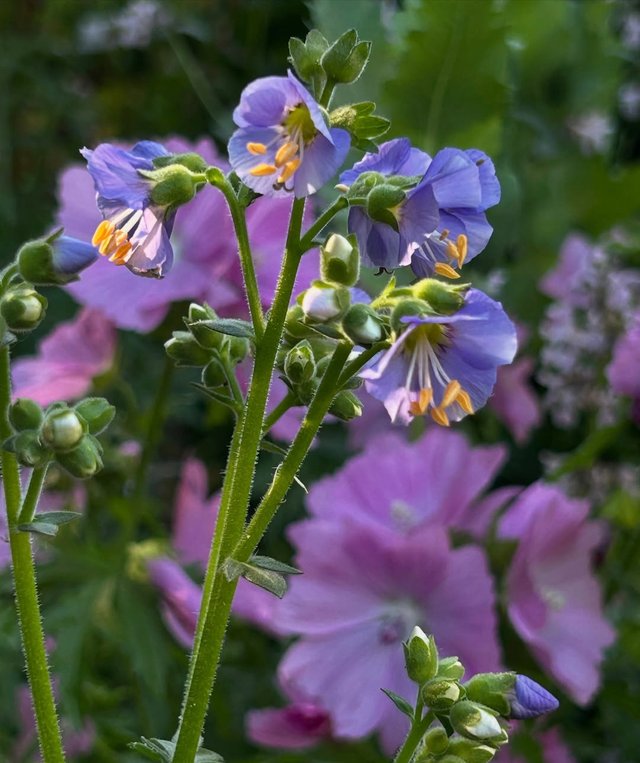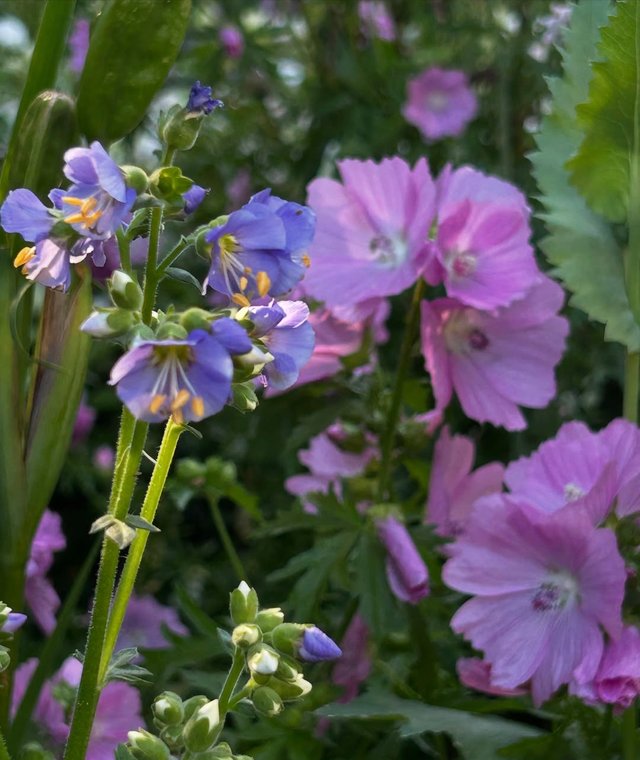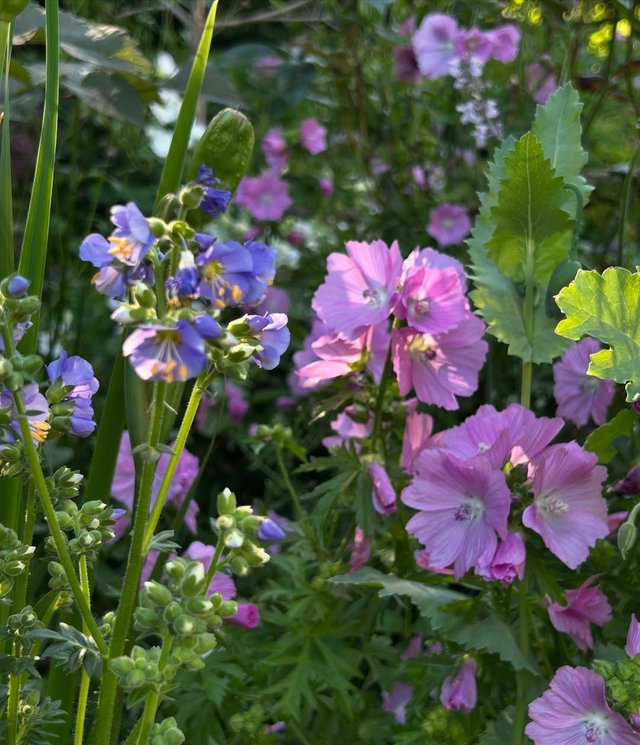Exploring Prairie Mallow
The prairies of North America are home to a remarkable variety of wildflowers, each with its own story, ecological role, and beauty. One of the lesser-known but incredibly charming members of this botanical community is the prairie mallow—a resilient, pollinator-friendly, and eye-catching perennial that deserves a spotlight in both wild and cultivated landscapes.Prairie mallow,native primarily to western and central parts of North America. Among the many species, Sidalcea malviflora and Sidalcea oregana are some of the most well-known, especially in prairie and meadow restoration projects.
At first glance, prairie mallow might be mistaken for a miniature hollyhock—a close relative. Its delicate, cup-shaped flowers bloom in elegant spikes that can reach 1 to 5 feet in height, depending on the species. Colors range from soft pinks and lavenders to vibrant magentas, with five-petaled blossoms that open from bottom to top along the spike.
One of prairie mallow's standout qualities is its relationship with wildlife. It is a magnet for bees, butterflies, and other native pollinators. Its long bloom period—from late spring through midsummer—provides essential nectar and pollen when many other wildflowers are not in bloom.Notably, several species of specialist bees are closely tied to Sidalcea plants, meaning their life cycles depend specifically on the availability of prairie mallow blossoms.



